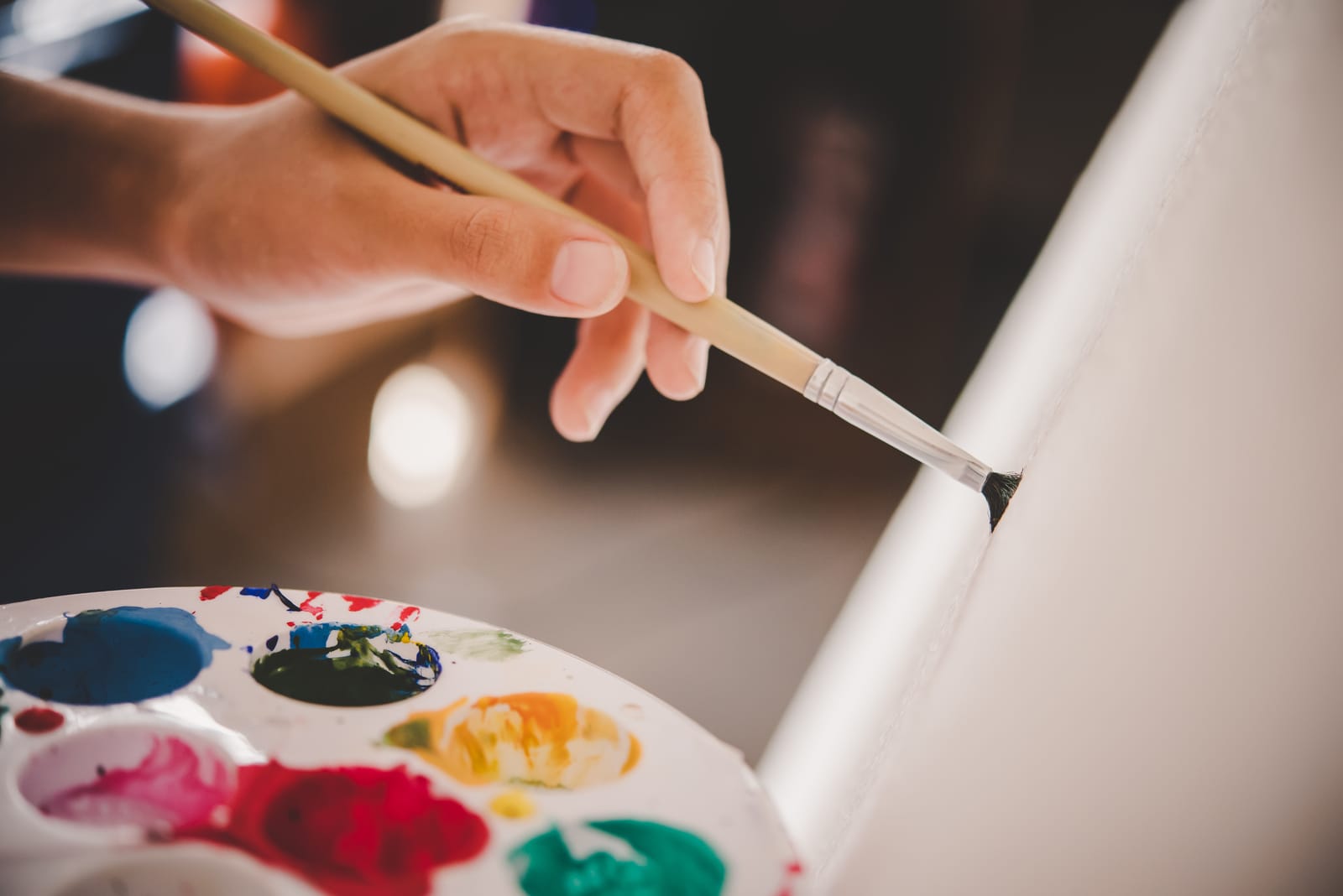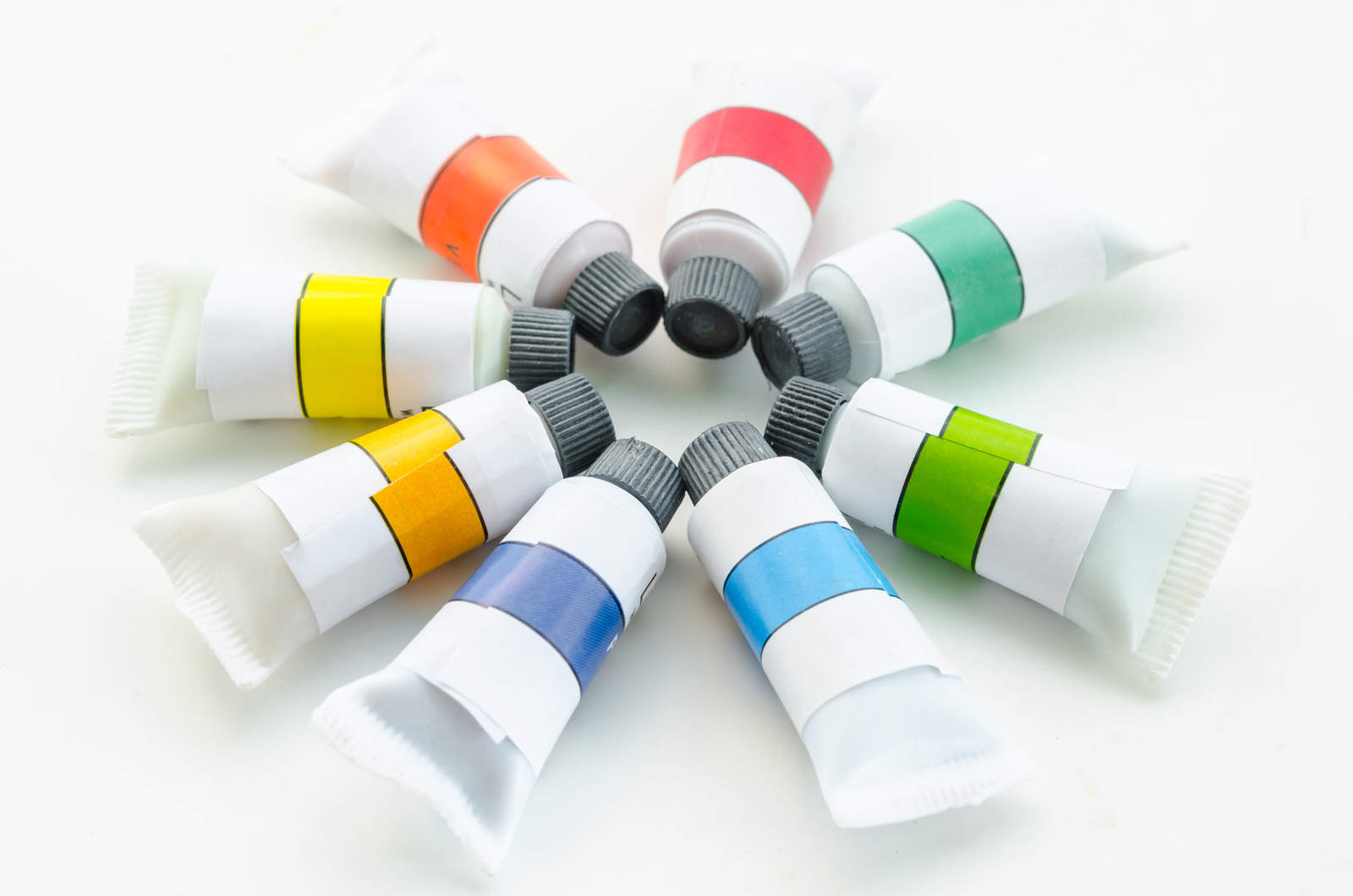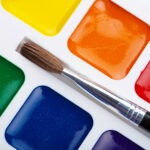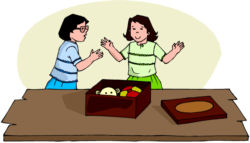Do you love splashing color on canvas? Blue and purple colors go so well together. It’s impressive witnessing the violet hue of vanda orchids growing in the light. Let’s look at the colors we get by combining blue and purple.
About tertiary colors
Purple and blue combine so well. They’re cooler colors close to one another on the color wheel. Mixing blue and purple creates various shades based on the mediums used in the process, and blue is one of the primary colors, along with yellow and red. The three colors of the color wheel, also known by the moniker “RYB,” are independent, and you can’t create them by mixing any secondary or tertiary colors.
In digital printing, the primary colors are part of the acronym “RBG,” or Red, Green, and Blue. That’s why people call colorful lighting functions on keyboards “RGB.” RGB and RYB form the foundation of all colors in the physical and digital realms. Combining them in different ratios creates all other secondary and tertiary colors.
When blending the primary colors, we come up with the “secondary” colors. For instance, combining yellow and red gives you orange. Mixing red and blue creates violet. Green, orange, and purple are secondary colors when discussing art pigments.
Next, let’s run through “tertiary” colors. We create tertiary colors by combining secondary colors. Somewhere along the spectrum, we might think tertiary and intermediate colors are the same, but they aren’t. For instance, what happens when you mix the secondary colors green and purple?
We need to consider we’re combining more than two colors alone. For instance, purple derives from red and blue, and green consists of yellow and blue. Other examples of secondary colors like orange, which is a combination of yellow and red, and green consists of yellow and blue.
So, combining green and orange, both secondary colors, you’re mixing all four. The same applies to mixing orange and purple. So, tertiary colors contain some of the three primary colors, hence the use of the word “tertiary.”
Why is this important for the print specialist or artist? Blending colors is exciting. However, it may get frustrating if you don’t understand how different colors combine with each other. When combining primary and complementary colors, you create neutral colors that appear grayish to brownish.
Combining all primary colors creates similar results and the same with tertiary colors. Understanding the method of making these colors is critical when toning down colors, which is important in creating art pieces.
The art of mixing colors
We’ve discussed that combining two primary colors results in a “secondary “ color. The shade or tint of the secondary color depends on which yellow, red, or blue you use and the ratio of each color in the blend. If your mix all three primary colors – you get black.
The exact ratio of yellow-to-red mixed when creating orange determines the hue of orange. For example, if you mix more red into yellow, you get reddish-orange; adding more yellow to red produces a yellowish-orange. Take some time to blend these primary colors and record your ratios.
Blue and purple meaning
Purple blue doesn’t have a clear mixing ratio. Since it’s an ideal mix of blue and purple, it holds some “meaning,” referring to the emotions inspired. For instance, purple inspires feelings of royalty, imagination, and mystery, while blue refers to feelings of security, trust, authority, and independence.
Blue-purple produces emotions of devotion and dignity. The color represents strong beliefs and relationships while creating a sense of wonderment and excitement for the future. Many artists view blue-purple hues as signs of magic, creativity, and peace.
Types of Blue-Purple
Purple and blue go well together in artistic expression. They’re cool colors sitting close together on the color wheel. The results of a blue-purple blend vary based on shades of blue and the mediums used. Blue is a primary color, and purple is a secondary color. They blend to form the tertiary color “blue-purple” or “blue-violet.”
There are several shades of blue-purple, like indigo, lavender, violet, and periwinkle. Most artists agree blue-purple defines a 50/50 mixture of blue and purple. We create different types of blue-purple by mixing more purple or blue using different kinds of purple and blue or adding black or white into the blend.
For instance, mixing light blue and purple results in a more periwinkle or lavender color. Mixing navy and purple produces a deeper purple hue, and adding other purple or blue creates colors like indigo, mauve, lilac, and plum. These colors are all variations of blue-purple, with different variations.
Purple + blue = what color
Adding white to these variations of blue-purple makes the color lighter. However, it might require plenty of white to produce a significant change. Using lighter versions of purple and blue creates brighter tints.
Adding a bit of black will darken the blue-purple colors, but this mixture is dark to start. Use black sparingly, or it will overpower the blend, resulting in more of a black overtone to the final hue produced. Adding darker shades, such as navy blue, alters the color, making it less vibrant.
What does dark blue and purple make?
When mixing blue and purple, it’s similar to creating purple with additional blue mixed in. When it comes to lighting and printing color mixes, blue and purple rarely feature in combinations. The light “RGB” color model utilizes violet instead of purple.
Mixing blue and magenta makes violet, which is another blue-purple tertiary color. Combining blue with violet, a primary color, gives you a slight blue-violet hue. So, we can say it’s a light equivalent of the blue-purple color.
Can You Mix Other Colors to Create Blue and Purple?
If you don’t have purple and blue paint, you can create these hues by mixing other colors. However, the ratio and mixing aren’t obvious since blue is a primary color. To get a bluer variation, you’ll need subtractive color mixing strategies through the CMYK color model, which is common in ink printing. According to the CMYK color wheel, mixing cyan and magenta makes blue. Since purple is a secondary color, combining 50% red and 50% blue is easier.









